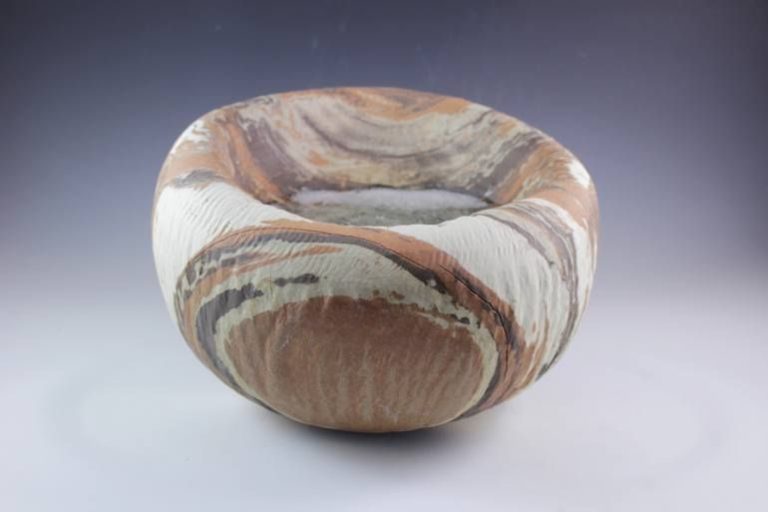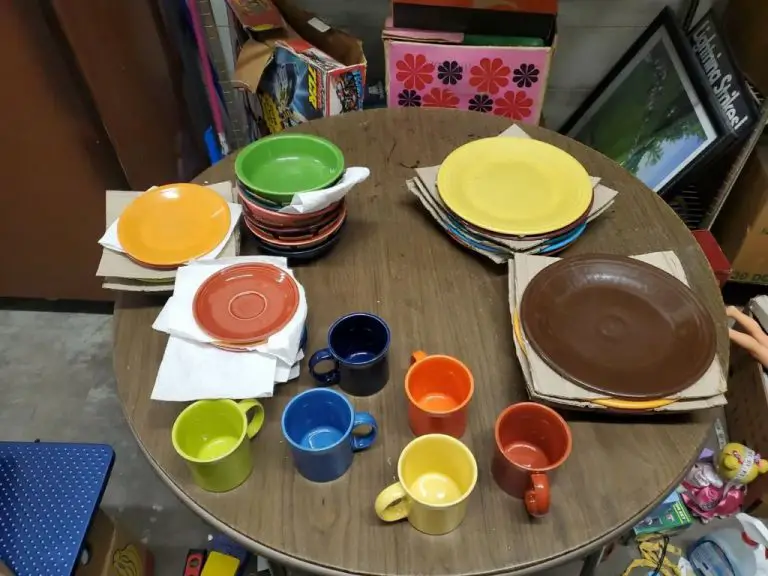How Do You Revive Dry Foam Clay?
Foam clay is a lightweight, air-drying modeling material made from a synthetic compound. It has many benefits for crafters and artists, including its bright colors, smooth texture, and ability to be shaped into detailed designs. However, since foam clay is water-based, it can dry out over time and become brittle if not stored properly.
When foam clay dries out, it loses its soft, malleable texture that makes it so fun to work with. But fortunately, restoring dried-out foam clay to its original state is possible with some simple techniques. This guide will walk through several methods to rehydrate and revive foam clay, allowing you to restore and reuse clay you may already have at home rather than buying brand new supplies.
Store Properly
Keeping your clay from drying out in the first place is the best way to maintain its freshness and pliability. Always tightly seal clay in an airtight plastic bag or container after using. Exposure to air causes clay to lose moisture over time. Store unused clay away from direct sunlight, heat vents, or anywhere with airflow that can introduce warm, dry air.
Ideally, store clay in a cool, dark place around 60-75°F. The refrigerator is often a good storage spot. Just allow refrigerated clay to come to room temperature before working with it, so it becomes pliable. Proper storage helps clay retain its elasticity and makes reviving dried-out portions much easier.
Refresh with Light Water
One of the easiest ways to rehydrate dry polymer clay is to lightly wet your hands and knead the clay. As you knead, the moisture from your hands will transfer into the clay, bringing it back to a workable texture.
Add small drops of water as needed, kneading thoroughly between each drop. Be careful not to add too much water at once, as oversaturating the clay can make it sticky or cause bubbles.
Knead the clay until the water is fully incorporated. The clay should feel smooth and pliable, with no dry spots remaining. If needed, let the clay rest for 10-15 minutes then resume kneading to evenly distribute the moisture.
Refreshing dry clay with a little water helps binds the polymers back together for a revitalized, workable texture. Just take care not to overdo it, and knead thoroughly to achieve an even consistency throughout the clay.
Use Clay Softener
One easy solution for reviving dry foam clay is to use a clay softener. You can purchase a commercial clay softener, often found at craft stores. Or you can make your own by mixing a small amount of glycerin, vinegar, or coconut oil into some water. Start with about 1 teaspoon per cup of water and adjust as needed.
To use the clay softener, simply brush or spray it directly onto the dry foam clay. Let it soak in for a few minutes, then start kneading the clay. The moisture will be absorbed into the clay, making it smooth and pliable again. The softener helps rehydrate the clay without making it too sticky. Continue kneading until the clay reaches the desired consistency.
Applying a clay softener is an effective way to quickly bring very dry clay back to life. Just a small amount can make a big difference. Test out different softener solutions to find one that works well for your projects.
Try Essential Oils
Essential oils offer a natural way to soften dry clay without chemicals or additives. The oils penetrate into the clay, rehydrating it and making it pliable again. Many common essential oils work well for reviving dried out modeling clays.
Simply add a few drops of essential oil onto the clay and knead it in before using the clay. The natural oils will be absorbed into the clay, softening it throughout. Lavender, peppermint, eucalyptus, and tea tree oils are good options to try with clay.
Essential oils are ideal for those looking to avoid harsh chemical softeners. The natural oils moisturize the clay gently without compromising the composition. Just a small amount of oil is needed to restore flexibility. Test with a drop or two first before adding more if needed.
Reviving clay with essential oils enables you to continue enjoying your modeling clay for arts, crafts, and more. The oils bring the clay back to a malleable state naturally, without any chemical residue.
Microwave briefly
A quick and easy way to revive dry clay is to microwave it in short bursts. Simply place the clay in the microwave and heat it for 5-10 seconds at a time. Test the clay after each burst to check if it has softened sufficiently. The clay should be pliable but not too warm or hot. Be very careful not to overheat the clay in the microwave as this can cause it to bubble or scorch. It’s best to microwave in short intervals and check frequently. Just a few seconds of microwave heating is often enough to bring very dry clay back to life. But don’t leave clay unattended in the microwave as it can quickly overheat. With this method, you can revive clay without having to wait overnight for other techniques to work. Just handle carefully and stop microwaving as soon as the clay is workable again.
Steam the Clay
One simple way to rehydrate dry polymer clay is by steaming it. To steam clay, suspend it above boiling water and allow the steam to penetrate and soften the clay. You can do this by placing the clay in a steamer basket or colander and setting it over a pot of boiling water. Alternatively, you can wrap the clay loosely in plastic wrap or place it in a resealable plastic bag with the top left open. Then hold it above a kettle or pot of hot water, allowing the steam to enter and condense inside the plastic. Be careful not to allow the plastic to touch the boiling water, as it may melt.
Steam the clay for a few minutes until it becomes pliable again. Check it periodically by squeezing a piece to test the consistency. Over-steaming can make the clay sticky, so stop once it reaches the desired softness. Steaming is a gentle way to rehydrate clay evenly without over-softening it.
Avoid Over-softening
When reviving dry foam clay, it’s important not to make the clay too soft or sticky. The goal is to restore moisture and flexibility without completely saturating the clay.
Add water, softener, or steam gradually and knead the clay thoroughly between each addition. Check the consistency often. Stop adding moisture when the clay is smooth, pliable, and can hold its shape without sagging.
Over-softened clay will be sticky and difficult to work with. It may slowly ooze, lose detail, or stick to hands, tools, and surfaces. This can ruin projects or require starting over with fresh clay.
Err on the side of under-softening dry clay rather than making it overly moist. Remaining lumpiness will continue smoothing out during handling and shaping. The clay should never feel sticky or gluey. Simply add a touch more moisture if needed.
Knead Thoroughly
Once you’ve revived and softened the clay, it’s important to knead it thoroughly before using it for any projects. Take the lump of clay and massage it with your hands for at least a few minutes. This helps distribute the moisture evenly throughout the clay.
Kneading also helps eliminate any lumps or uneven texture, resulting in a smooth, workable clay. Press the clay, roll it, and fold it over itself as you knead. Apply firm pressure with your fingers and palms to work the moisture into every part of the clay. Continue kneading until the clay feels uniformly pliable and soft.
Conclusion
Dry foam clay can usually be revived with a few simple techniques. Adding a small amount of water and kneading thoroughly can rehydrate the clay. Using a commercial clay softener or even a few drops of essential oils can also help soften and condition dried out clay. For very stubborn clay, try microwaving it for just 5-10 seconds to release moisture or steaming it lightly over a pot of hot water. The key is not to over-soften the clay, which can damage the structure. After reviving clay, be sure to store it properly in an airtight container or plastic wrap to prevent it from drying out again.


